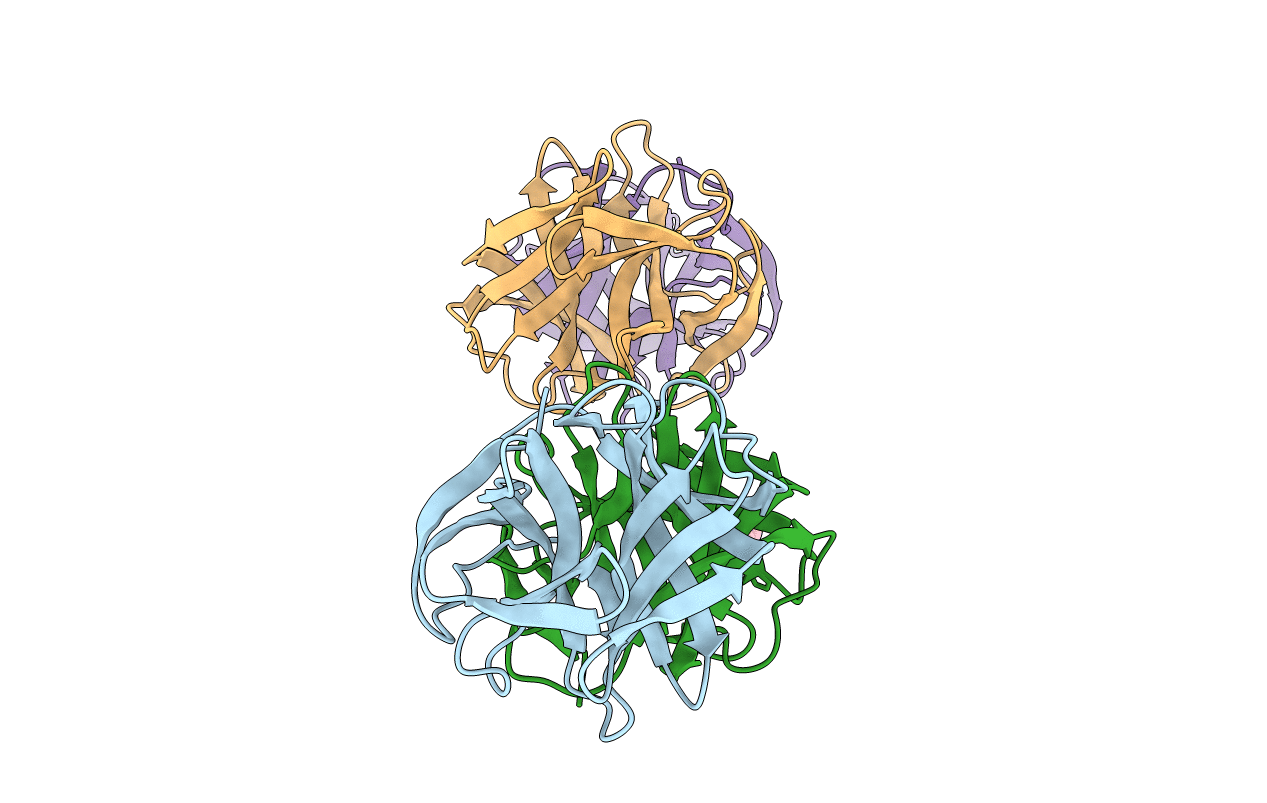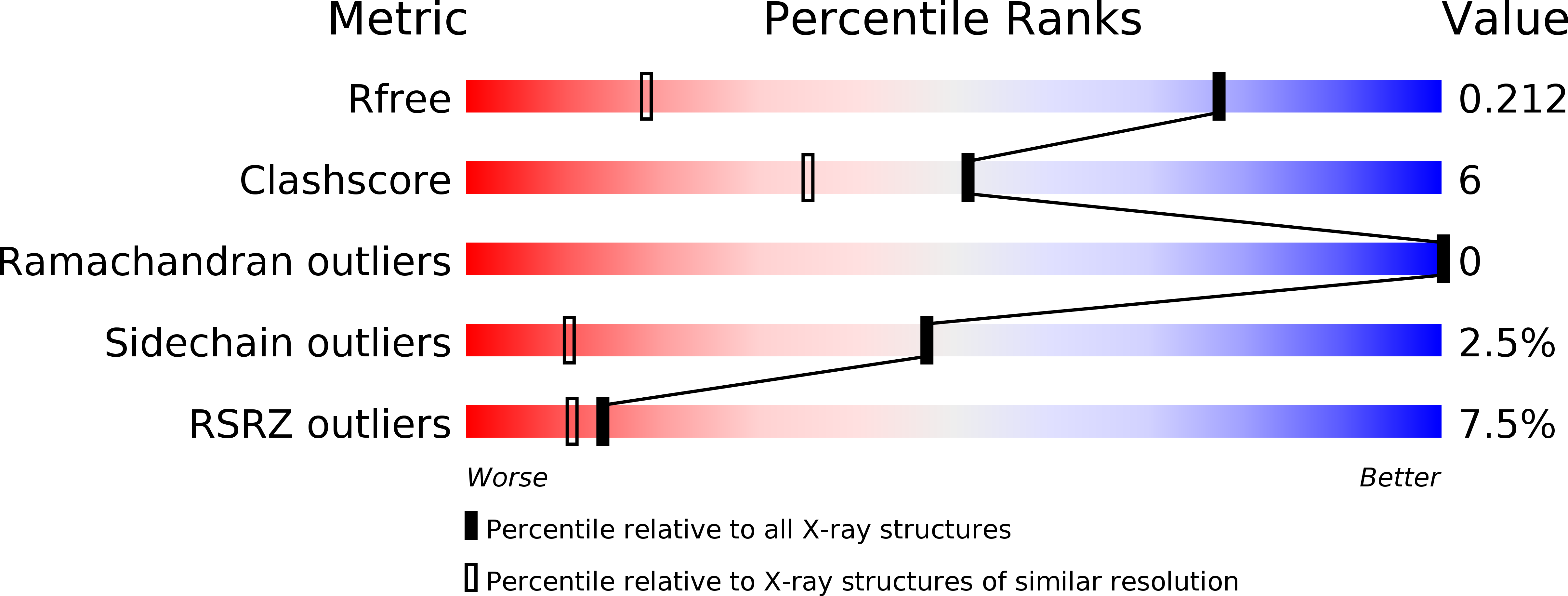
Deposition Date
2016-11-22
Release Date
2017-12-27
Last Version Date
2024-01-17
Entry Detail
PDB ID:
5MH2
Keywords:
Title:
Crystal structure of a DM9 domain containing protein from Crassostrea gigas with D22A mutation
Biological Source:
Source Organism:
Crassostrea gigas (Taxon ID: 29159)
Host Organism:
Method Details:
Experimental Method:
Resolution:
1.30 Å
R-Value Free:
0.18
R-Value Work:
0.14
R-Value Observed:
0.14
Space Group:
P 1 21 1


